
Do you have a question about the Avaya ERS 3500 and is the answer not in the manual?
| Model | ERS 3500 |
|---|---|
| Product Type | Network Router |
| Form Factor | Rack-Mountable |
| Ports | 24 or 48 |
| Port Speed | 10/100/1000 Mbps |
| Switching Capacity | 128 Gbps |
| Forwarding Rate | 95.2 Mpps |
| VLANs Supported | 4094 |
| Jumbo Frame Support | Yes |
| Layer | Layer 2/3 |
| Uplink Ports | 4 x SFP |
| Power over Ethernet (PoE) | Available on some models |
| MAC Address Table Size | 16, 000 entries |
| Management | Web-based, CLI, SNMP |
| Features | QoS |
| Operating Temperature | 0 to 50 °C |
| Storage Temperature | -40 to 70 °C |
| Relative Humidity | 10% to 90% non-condensing |
Overview of MAC Security features and their availability across different Avaya switch families.
Explains MAC Security where allowed MAC addresses are configured for ports or security lists.
Configures uplink port security and disables SNMP write access for MAC Security.
Demonstrates manually configuring one MAC per port for strict access control.
Illustrates various violation scenarios for Regular MAC Security.
Configures MAC Security to allow only one device per port to prevent unauthorized connections.
Demonstrates violation scenarios when unauthorized devices connect.
Describes MAC Security that automatically learns and sticks MAC addresses to ports without manual provisioning.
Shows violation scenarios for Sticky-MAC mode.


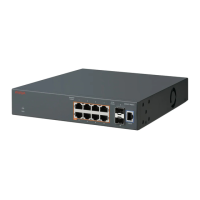


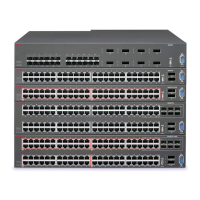
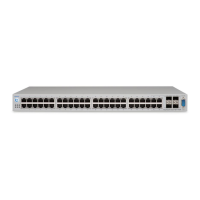
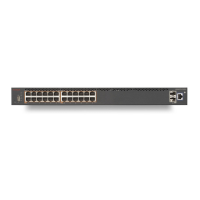
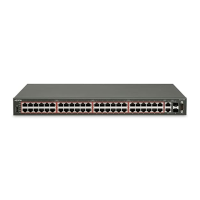



